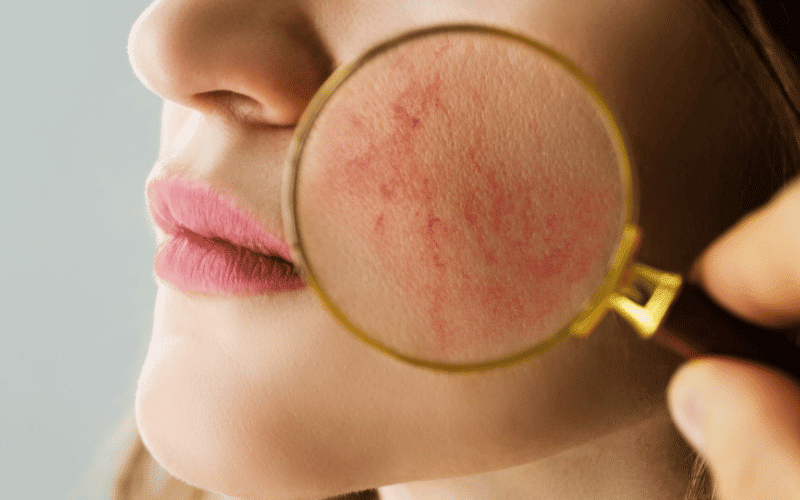Disease 4. Rosacea: A Chronic Inflammatory Skin Disorder

Symptoms of Rosacea
Rosacea is a chronic skin disorder that primarily affects the face, causing redness, flushing, and visible blood vessels. Over time, the redness can become more persistent, and small, pus-filled bumps may develop. Rosacea can also cause eye problems, such as dryness, irritation, and swollen eyelids. The condition typically occurs in cycles, with periods of flare-ups followed by periods of remission.
Causes of Rosacea
The exact cause of rosacea is not well understood, but it is thought to involve a combination of genetic and environmental factors. Abnormalities in the blood vessels and immune system may contribute to the development of rosacea. Additionally, certain triggers, such as sun exposure, spicy foods, alcohol, and stress, can exacerbate the condition.
Treatment Options for Rosacea
While there is no cure for rosacea, treatments can help manage symptoms and prevent the condition from worsening. Topical medications, such as azelaic acid and metronidazole, can help reduce redness and inflammation. Oral antibiotics may also be prescribed to treat more severe cases. In addition to medications, lifestyle changes, like avoiding known triggers and using sun protection, can help manage rosacea effectively. (4)